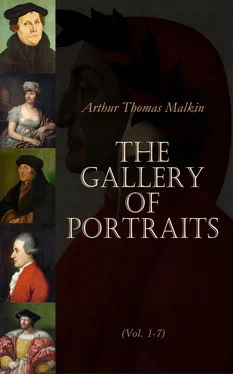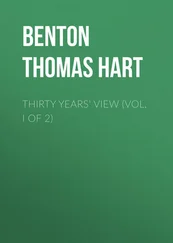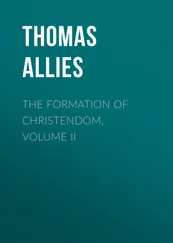Meanwhile the inhabitants of Warsaw, animated by the recital of the heroic deeds of their countrymen, had also raised the standard of independence, and were successful in driving the Russians from the city, after a murderous conflict of three days. In Lithuania and Samogitia an equally successful revolution was effected, before the end of April; while the Polish troops stationed in Volhynia and Podolia, marched to the reinforcement of Kosciusko.
Thus far fortune seemed to smile upon the cause of Polish freedom—the scene was, however, about to change. The undaunted Kosciusko, having first organised a national council to conduct the affairs of government, again advanced against the Russians. On his march, he met a new enemy, in the person of the faithless Frederic William of Prussia; who, without having even gone through the preliminary of declaring war, had advanced into Poland, at the head of forty thousand men.
Kosciusko, with but thirteen thousand men, attacked the Prussian army on the 8th of June, at Szcekociny. The battle was long and bloody; at length, overwhelmed with numbers, he was obliged to retreat towards Warsaw. This he effected in so able a manner, that his enemies did not dare to harass him in his march; and he effectually covered the capital, and maintained his position for two months against vigorous and continued attacks. Immediately after this reverse the Polish General Zaionczeck lost the battle of Chelm, and the Governor of Cracow had the baseness to deliver the town to the Prussians, without attempting a defence.
These disasters occasioned disturbances among the disaffected at Warsaw, which, however, were put down by the vigour and firmness of Kosciusko. On the 13th of July, the forces of the Prussians and Russians, amounting to fifty thousand men, assembled under the walls of Warsaw, and commenced the siege of that city. After six weeks spent before the place, and a succession of bloody conflicts, the confederates were obliged to raise the siege; but this respite to the Poles was but of short duration.
Their enemies increased fearfully in number, while their own resources diminished. Austria now determined to assist in the annihilation of Poland, and caused a body of her troops to enter that kingdom. Nearly at the same moment, the Russians ravaged Lithuania; and the two corps of the Russian army, commanded by Suwarof and Fersen, effected their junction in spite of the battle of Krupezyce, which the Poles had ventured upon with doubtful issue, against the first of these commanders, on the 16th of September.
Upon receiving intelligence of these events, Kosciusko left Warsaw and placed himself at the head of the Polish army. He was attacked by the very superior forces of the confederates on the 10th of October, 1794, at a place called Macieiowice; and for many hours supported the combat against overwhelming odds. At length he was severely wounded, and as he fell, he uttered the prophetic words, “ Finis Poloniæ .” It is asserted, that he had exacted from his followers an oath, not to suffer him to fall alive into the hands of the Russians, and that in consequence the Polish cavalry, being unable to carry him off, inflicted some severe sabre wounds on him, and left him for dead on the field; a savage fidelity, which we half admire even in condemning it. Be this as it may, he was recognised and delivered from the plunderers by some Cossack chiefs; and thus was saved from death to meet a scarcely less harsh fate—imprisonment in a Russian dungeon.
Thomas Wawrzecki became the successor of Kosciusko in the command of the army; but with the loss of their heroic leader, all hope had deserted the breasts of the Poles. They still, however, fought with all the obstinacy of despair, and defended the suburb of Warsaw, called Praga, with great gallantry. At length this post was wrested from them. Warsaw itself capitulated on the 9th of November, 1794; and this calamity was followed by the entire dissolution of the Polish army on the 18th of the same month.
During this time, Kosciusko remained in prison at Petersburgh; but, at the end of two years, the death of his persecutress the Empress Catherine released him. One of the first acts of the Emperor Paul was to restore him to liberty, and to load him with various marks of his favour. Among other gifts of the autocrat was a pension, by which, however, the high-spirited patriot would never consent to profit. No sooner was he beyond the reach of Russian influence than he returned to the donor the instrument, by which this humiliating favour was conferred. From this period the life of Kosciusko was passed in retirement. He went first to England, and then to the United States of America. He returned to the Old World in 1798, and took up his abode in France, where he divided his time between Paris, and a country-house he had bought near Fontainbleau. While here he received the appropriate present of the sword of John Sobieski, which was sent to him by some of his countrymen serving in the French armies in Italy, who had found it in the shrine at Loretto.
Napoleon, when about to invade Poland in 1807, wished to use the name of Kosciusko, in order to rally the people of the country round his standard. The patriot, aware that no real freedom was to be hoped for under such auspices, at once refused to lend himself to his wishes. Upon this the Emperor forged Kosciusko’s signature to an address to the Poles, which was distributed throughout the country. Nor would he permit the injured person to deny the authenticity of this act in any public manner. The real state of the case was, however, made known to many through the private representations of Kosciusko; but he was never able to publish a formal denial of the transaction till after the fall of Napoleon.
When the Russians in 1814 had penetrated into Champagne, and were advancing towards Paris, they were astonished to hear that their former adversary was living in retirement in that part of the country. The circumstances of this discovery were striking. The commune in which Kosciusko lived was subjected to plunder, and among the troops thus engaged he observed a Polish regiment. Transported with anger he rushed among them, and thus addressed the officers: “When I commanded brave soldiers they never pillaged; and I should have punished severely subalterns who allowed of disorders such as those which we see around. Still more severely should I have punished older officers, who authorized such conduct by their culpable neglect.”—“And who are you,” was the general cry, “that you dare to speak with such boldness to us?”—“I am Kosciusko.” The effect was electric: the soldiery cast down their arms, prostrated themselves at his feet, and cast dust upon their heads according to a national usage, supplicating his forgiveness for the fault which they had committed. For twenty years the name of Kosciusko had not been heard in Poland save as that of an exile; yet it still retained its ancient power over Polish hearts; a power never used but for some good and generous end.
The Emperor Alexander honoured him with a long interview, and offered him an asylum in his own country. But nothing could induce Kosciusko again to see his unfortunate native land. In 1815, he retired to Soleure, in Switzerland; where he died, October 16th, 1817, in consequence of an injury received by a fall from his horse. Not long before he had abolished slavery upon his Polish estate, and declared all his serfs entirely free, by a deed registered and executed with every formality that could ensure the full performance of his intention. The mortal remains of Kosciusko were removed to Poland at the expense of Alexander, and have found a fitting place of rest in the cathedral of Cracow, between those of his companions in arms, Joseph Poniatowski, and the greatest of Polish warriors, John Sobieski.
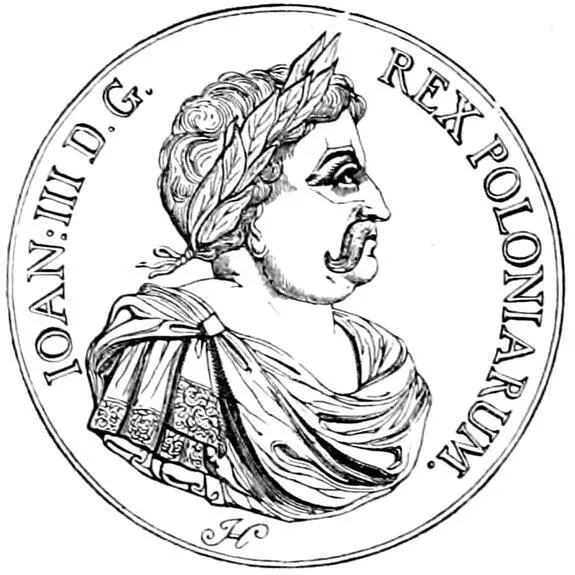
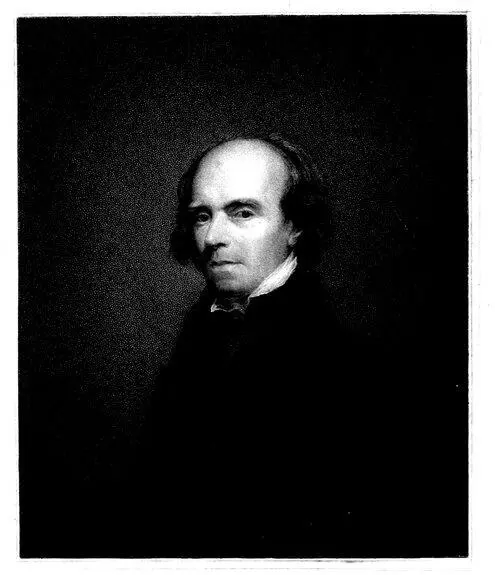
Engraved by R. Woodman. JOHN FLAXMAN. From the original Picture by John Jackson, in the possession of the Right Hon. Lord Dover . Under the Superintendance of the Society for the Diffusion of Useful Knowledge. London. Published by Charles Knight, Pall Mall East.
Читать дальше
